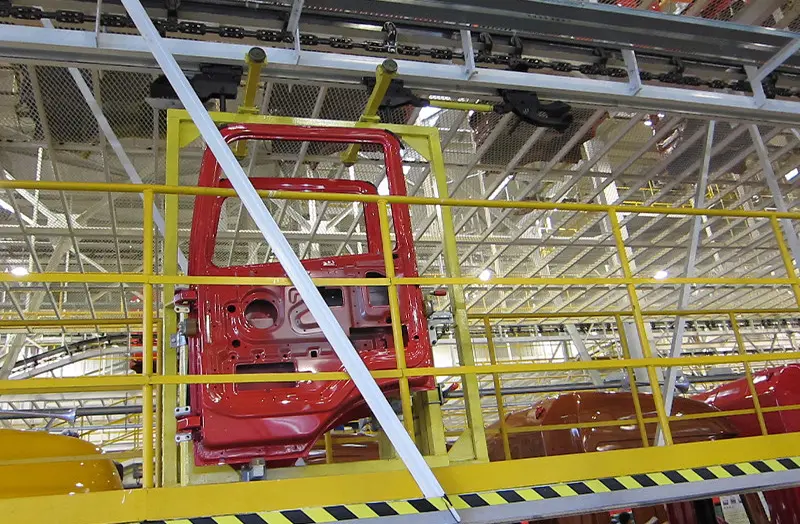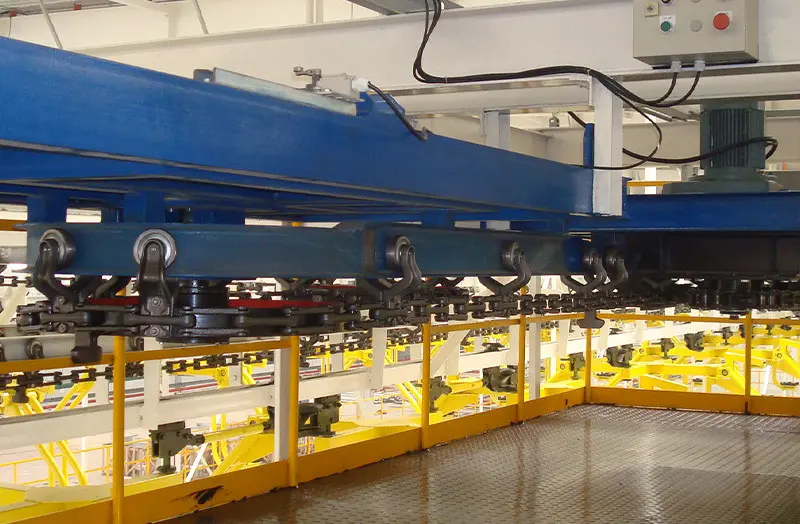What Are the Results of Friction Lines
Friction Lines, especially in friction-driven conveyor lines, have a variety of effects on the object and the system as a whole. These effects are analysed and summarised in detail below:
Effects on object motion:
Friction can impede the motion of an object. In the case of an external force applied to an object, if the external force is less than the magnitude of the static friction, the object will not be able to overcome the static friction and will not be able to move. Only if the external force is greater than the static friction can the object begin to move.
Dynamic friction will continue to exist while the object is moving, continuing to impede the object's speed, and a greater external force will be required to keep the object moving at a constant speed.
Effects on the surface of an object:
Friction can cause damage to an object. At high speeds or for long periods of time, friction creates high temperatures that cause wear and tear on the surface of the object, ultimately leading to breakage of the object.
Energy Consumption:
Friction consumes energy. When an object is prevented from moving by friction, the friction converts some of the mechanical energy into heat, resulting in a loss of energy. This is why under friction, an object slows down and eventually stops moving.
Impact on system efficiency:
In the design of mechanical equipment, the amount of friction directly affects the efficiency of the system. Excessive friction will increase energy consumption and reduce system efficiency. Therefore, the impact of friction needs to be fully considered in the design, and appropriate lubrication materials and methods should be selected to reduce friction.
Impact on friction drive conveyor line:
Although the friction drive conveying line has the advantages of energy saving and environmental protection, easy maintenance, easy to maintain, etc., its operating efficiency and service life are also affected by friction. Therefore, special attention needs to be paid to the management and control of friction force when designing and using friction drive conveying line.
In summary, the effects of friction lines on objects and systems mainly include hindering the movement of objects, damaging the surface of objects, consuming energy, and reducing the efficiency of systems. In daily life and engineering design, the existence of friction needs to be fully considered, and effective measures need to be taken to reduce the impact of friction, in order to improve the movement efficiency and service life of objects.



